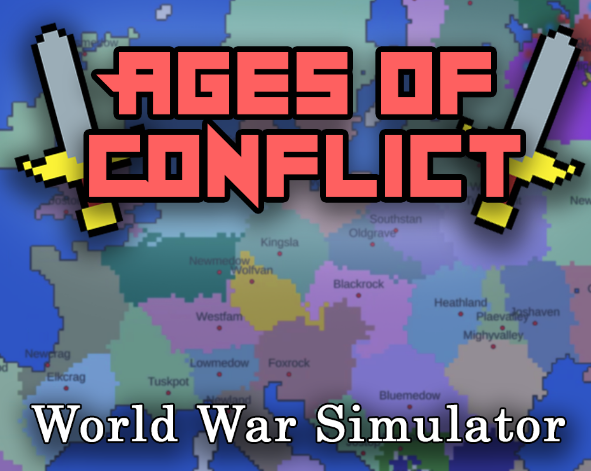Age Of Conflict
Navigating the Ages of Conflict: A Historical Perspective
Throughout history, humanity has been shaped by various ages of conflict—periods marked by intense strife and transformation. These epochs of turmoil, spanning from ancient wars to modern conflicts, have had profound impacts on societies, economies, and political landscapes. Understanding these ages of conflict provides valuable insights into how past struggles have influenced the present and can help inform strategies for resolving contemporary issues.
Ancient and Medieval Conflicts
The earliest ages of conflict were driven by the quest for power, resources, and territory. Ancient civilizations like Egypt, Mesopotamia, and Rome were often embroiled in wars of expansion and defense. The ancient Greeks, for example, faced numerous conflicts such as the Peloponnesian War between Athens and Sparta, which showcased the complexities of alliances and rivalries.
The medieval period continued this pattern, with feudal conflicts dominating much of Europe. The Hundred Years’ War between England and France, spanning from 1337 to 1453, was not only a struggle for dominance but also a catalyst for significant political and social changes, including the rise of national identities and changes in military technology.
Early Modern Conflicts
The early modern era brought about new forms of conflict driven by emerging nation-states and colonial ambitions. The Thirty Years’ War (1618-1648) in the Holy Roman Empire, for instance, was a devastating conflict that highlighted the intersection of religion and politics. It led to the Treaty of Westphalia, which established important principles of sovereignty and laid the groundwork for the modern international system.
Colonial expansion also introduced new dimensions of conflict. European powers clashed over territories in the Americas, Africa, and Asia, often leading to devastating consequences for indigenous populations. The American Revolutionary War (1775-1783) and the subsequent French Revolutionary Wars reshaped the political landscape of Europe and the Americas, challenging traditional monarchies and promoting ideas of republicanism and democracy.
The World Wars
The 20th century was defined by two world wars, each marking a distinct age of conflict with global ramifications. World War I (1914-1918) was characterized by trench warfare and the involvement of numerous nations, leading to widespread destruction and geopolitical shifts. The Treaty of Versailles, which ended the war, sowed the seeds for future conflicts, including World War II (1939-1945).
World War II was a cataclysmic event that involved a global struggle between the Allies and the Axis powers. It led to the Holocaust, the dropping of atomic bombs on Hiroshima and Nagasaki, and the eventual formation of the United Nations. The war's aftermath saw the emergence of the Cold War, a period of ideological and geopolitical tension between the Soviet Union and the Western bloc.
Contemporary Conflicts
The end of the Cold War did not usher in an era of peace, as conflicts have continued to evolve. The latter part of the 20th century and the early 21st century have witnessed conflicts driven by ethnic, religious, and sectarian divisions. The Balkan Wars of the 1990s, the ongoing Israeli-Palestinian conflict, and the wars in Iraq and Afghanistan exemplify the complexities of modern conflicts, where issues of identity, governance, and resources intersect.
Conclusion
The ages of conflict throughout history have shaped the world in profound ways. Each era of conflict has left a legacy that influences contemporary geopolitics and societal structures. By studying these periods, we gain insights into the causes and consequences of conflict and the importance of diplomacy, cooperation, and understanding in resolving disputes. As we navigate the complexities of the modern world, the lessons from past ages of conflict remain crucial in striving for a more peaceful and equitable future.

